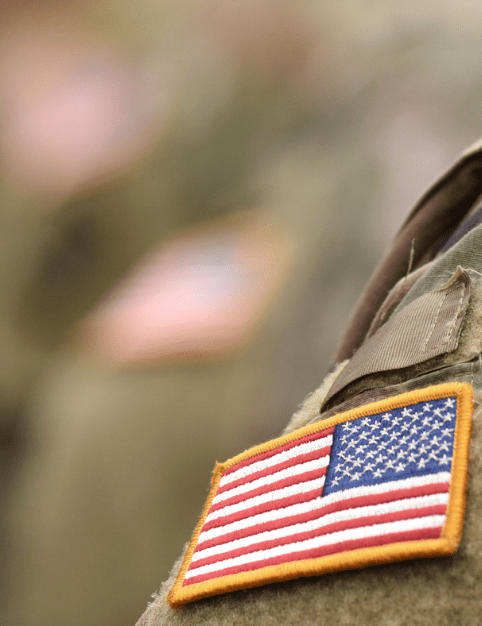Table Of Contents
A recent decision from the Court of Appeals for Veterans Claims may make it easier for veterans claiming disability due to PTSD to prove in-service personal assault.
There are special rules in place where in-service assault is involved. The VA knows it can be hard for veterans to prove in-service personal assault because a lot of times, especially with sexual assaults, these incidents are not reported when they happen.
If service records don’t show a veteran was personally assaulted, the vet can prove the assault happened with other information backing up the allegation. Veterans can use things like statements from friends, family, or clergy members; results from pregnancy tests or sexually transmitted disease tests; and evidence of behavior changes, for example.
If a vet adequately identifies records that may support the PTSD claim, the VA has a “duty to assist” the veteran by making reasonable efforts to obtain the records. If the VA cannot obtain the records, the veteran must be notified.
In its recent decision, the Court held that in some cases the “duty to assist” also requires the VA to make reasonable efforts to obtain records from fellow service members (including medical records) and statements from potential witnesses, or even the alleged attacker, if they would help back up the veteran’s claim and prove in-service personal assault.
There are limits to this though. The veteran must “adequately identify” the records, the records must be relevant to the claim, and the records would have to help to back up the veteran’s claim.
Most importantly, Privacy Act restrictions apply. The VA cannot get medical records related to certain conditions, like HIV, and, in many cases, the person whose records are being requested would have to give written consent. That means getting records or statements from an alleged attacker is probably unlikely. On the other hand, witnesses or other victims may be very willing to help.
What can you do to help your claim?
- Provide the VA with the most detailed information you can. Where and when did the assault happen? Provide the name, rank, and unit information of any potential witnesses, attackers, or other potential victims. Did you injure your attacker, possibly causing injuries that would have needed medical treatment? Did you have any medical testing or receive treatment outside of the VA? Did you talk to a friend, roommate, family member or clergy member about the incident?
- Provide statements from anyone who may have information about the assault or who may have noticed a change in your behavior.
- Ask the VA to request information you can’t get on your own. Even if they can’t get the information, they have to address your request. If they don’t, this may help you on appeal.
If you need assistance with a VA benefits claim or proving an in-service personal assault, we are here to help. Call Veterans Help Group at (855) 855-8992 or complete our free veterans benefits case evaluation form.

Congress Aims To Streamline Community Care For Veterans
Congress Aims To Streamline Community Care For Veterans Obtaining approval to see a doctor outside...

Major Victory: VA Invests Over $800 Million to Fight Veteran Homelessness
Major Victory: VA Invests Over $800 Million to Fight Veteran Homelessness The Department of...

What is the VA DBQ?
What is a VA DBQ? A VA Disability Benefits Questionnaire (DBQ) is a form used to convey medical...





